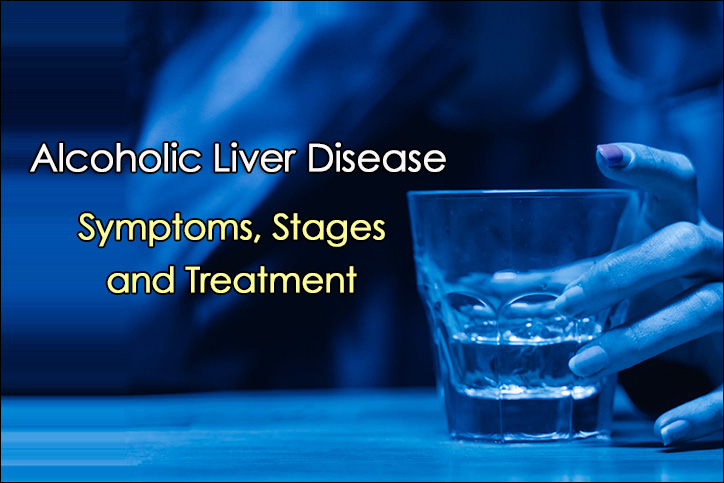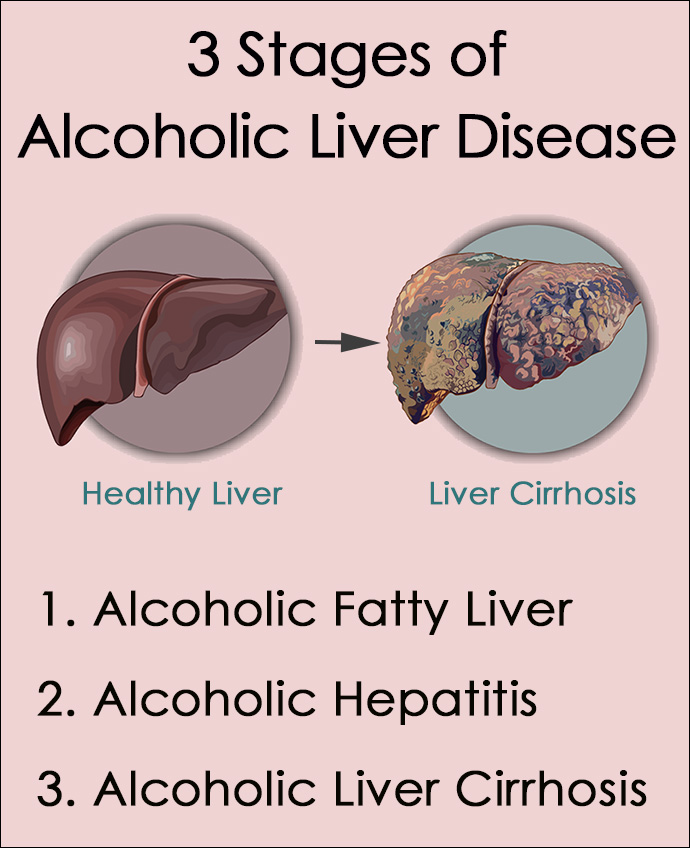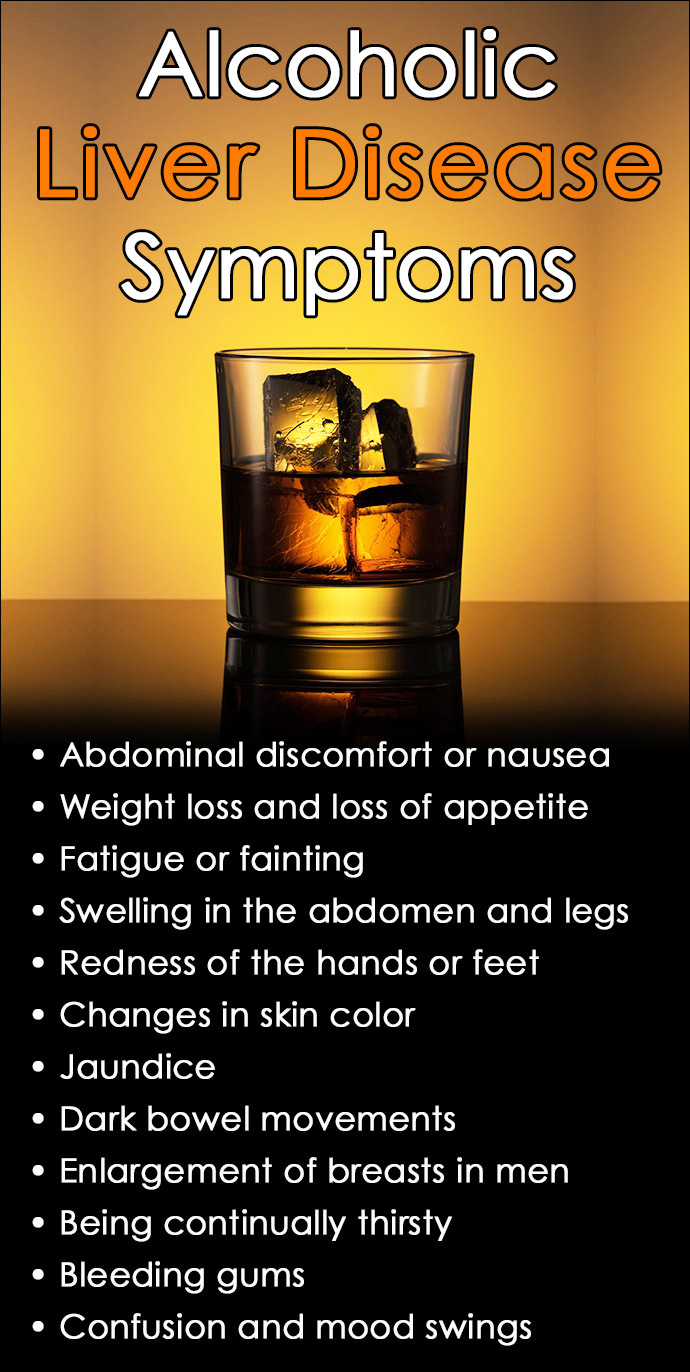Table of Contents
Alcoholic liver disease (ALD), also known as alcohol-related liver disease (ARLD), is the result of long-term alcohol use, and often occurs in three stages.
As the largest internal organ in the body, the liver is responsible for approximately 500 different functions, including filtering the blood, digestion, metabolism, synthesizing proteins, as well as the storage and production of vitamins and minerals.
In addition to these vital processes, the liver plays an important role in detoxifying the blood by removing unhealthy substances such as drugs and alcohol.
While there are different types of liver disease, alcoholic liver disease is a common form that is preventable through lifestyle changes and not drinking alcohol.
What is Alcoholic Liver Disease?
Alcoholic liver disease occurs after years of excessive alcohol consumption and alcohol abuse.
It begins when the liver becomes swollen or inflamed, and develops unhealthy scar tissue that inhibits the ability to function properly.
The condition worsens over three stages of the disease, culminating in cirrhosis of the liver, which is one of the most common long-term, negative effects of alcohol.
Heavy, Long-term consumption of alcohol leads to the buildup of fats in the liver, causing inflammation in liver cells and the replacement of normal, healthy liver tissue with unhealthy, non-living scar tissue.
Alcoholic liver disease is a common, but preventable condition. An estimated 10 to 20 percent of heavy drinkers will develop the disease after 10 years or more of drinking, according to the American Liver Foundation.
The Centers for Disease Control and Prevention (CDC) defines heavy drinking as 8 or more drinks per week for women and 15 or more drinks per week for men.
The early stages of alcoholic liver disease may be reversible with treatment, but once a person reaches the final stage of cirrhosis, the damage cannot be undone. This stage may lead to liver failure, which can be fatal.
Non-Alcoholic Liver Disease
Not all forms of liver disease are caused from drinking alcohol. Non-alcoholic fatty liver disease (NAFLD) is a condition in which fats build up in the liver, but not as the result of heavy alcohol use.
There are two different types of non-alcoholic fatty liver disease:
- Non-alcoholic steatohepatitis (NASH)
- Non-alcoholic fatty liver (NAFL)
With non-alcoholic fatty liver, people have excessive fat in their liver, but do not develop inflammation or liver damage that leads to complications. They can, however, experience pain from the enlargement of the liver.
Non-alcoholic steatohepatitis, unfortunately, does cause liver inflammation and damage, along with excessive fat in the liver. This condition can also progress to cirrhosis, where the liver is permanently damaged.
While most people with non-alcoholic liver disease develop one form or the other, people can sometimes develop both forms over time, according to the National Institute of Diabetes and Digestive and Kidney Diseases.
3 Stages of Alcohol Related Liver Disease
Early diagnosis of alcoholic liver disease is the key to a healthy recovery.
When caught in the early stages, much of the liver damage can be reversed with medical attention, including a person seeking proper alcohol treatment for an alcohol use disorder to help transition into a healthier, sober lifestyle.
The three stages of alcoholic liver disease include:
1. Fatty Liver
In the alcoholic fatty liver stage, fats that lead to inflammation have started building up in the liver as a result of too much alcohol.
During this first stage, the damage to the liver is usually reversible simply by abstaining from alcohol use.
2. Hepatitis
In the second stage, alcoholic hepatitis, the build up of fats has started to cause the liver to swell and become inflamed. Recovery from this phase of the disease usually depends on the severity of the damage.
Unfortunately, in the later stages of alcoholic hepatitis, many people are already susceptible to liver failure.
3. Liver Cirrhosis
In the liver cirrhosis stage of ALD, the accumulation of scar tissue restricts the flow of blood through the liver, making it almost impossible for the organ to process nutrients, drugs, hormones, and natural toxins.
By the third stage, the liver loses its ability to generate proteins and other chemicals needed for healthy functioning. In short, the liver is scarred beyond repair and a person with cirrhosis is at an increased risk of liver failure.
Alcoholic Liver Disease Symptoms
The symptoms of alcoholic liver disease can be painful and unpleasant depending on the stage of the disease a person is experiencing.
One of the problems with alcohol-related liver disease is that some people might not show any signs or symptoms until they are in the late, irreversible stages of the disease.
Some common symptoms of alcoholic liver disease can include:
- Abdominal discomfort or nausea
- Weight loss and loss of appetite
- Fatigue or fainting
- Swelling in the abdomen and legs
- Redness of the hands or feet
- Changes in skin color, either darkening or lightening
- Jaundice, which includes a yellowish hue to the skin and the whites of the eyes
- Dark bowel movements
- Enlargement of breasts in men
- Being continually thirsty
- Bleeding gums
- Confusion, mood swings, and unusual agitation
Some of these symptoms may be more prevalent after binge drinking, which is defined as 5 or more drinks in one sitting for men, and 4 or more drinks for women.
Anyone experiencing these symptoms should seek medical attention as soon as possible and have an honest discussion about his or her alcohol consumption with a doctor.
Blood and liver function tests, as well as imaging procedures, are used to diagnose the condition.
Treatment of Alcoholic Liver Disease
Treatment and recovery from alcoholic liver disease depends on the stage of the disease a person is in when receiving a diagnosis.
The first step in treating any stage of the disease is addressing addiction and stopping all alcohol consumption to prevent further damage to the liver.
Professional addiction treatment is usually required to help people with an alcohol use disorder stop drinking.
Treatment for long-term drinkers always begins with alcohol detox to safely overcome withdrawal symptoms.
A professional detox program monitored by a medical staff is necessary to ensure the patient safely completes the process without developing further complications during withdrawal like delirium tremens.
After detox, it is highly recommended to continue with a formal residential treatment program to avoid relapse and learn effective ways to remain sober.
Individuals diagnosed with nonalcoholic fatty liver disease will be advised to start a weight management program, get regular exercise, and follow a healthy, well-balanced diet.
For cirrhosis caused by Hepatitis B or Hepatitis C, there are a number of approved antiviral medications for the treatment of those conditions.
In severe cases, a liver transplant may be necessary. However, being placed on the national waiting list can be a long process and there’s no guarantee of a transplant before complications of the disease become fatal.
Treatment for alcoholic liver disease is promising when diagnosed in the early stages. It is preventable for some people by only drinking alcohol in moderation, and for everyone by not drinking any alcohol at all.
Stages of alcoholic liver disease photo by myUpchar.





